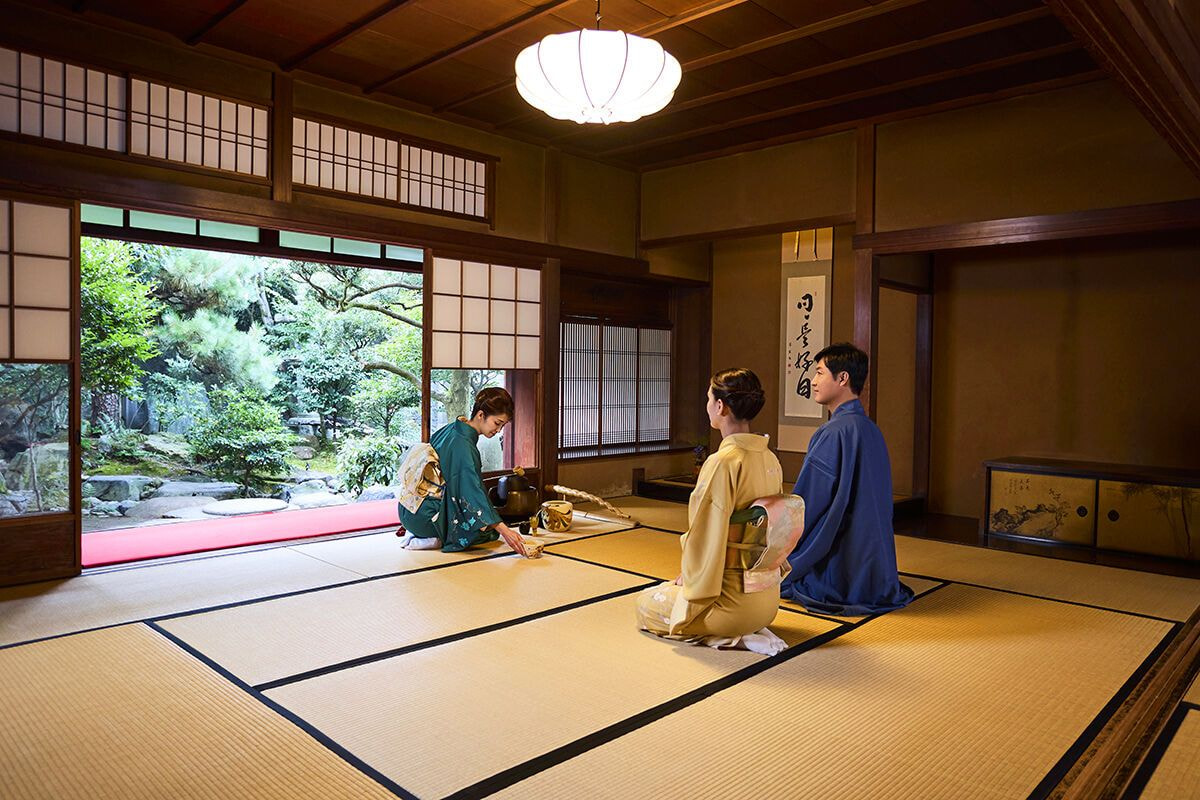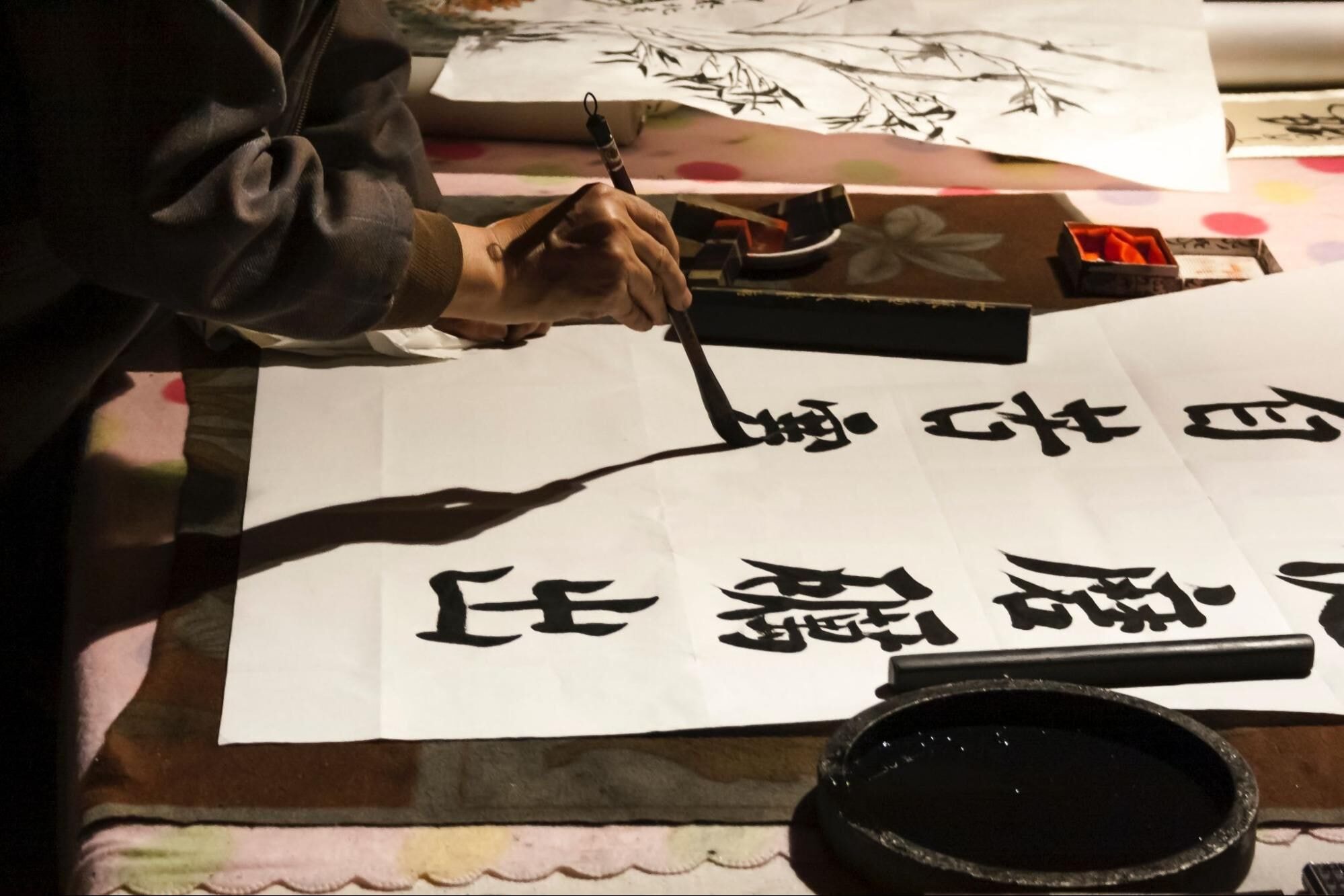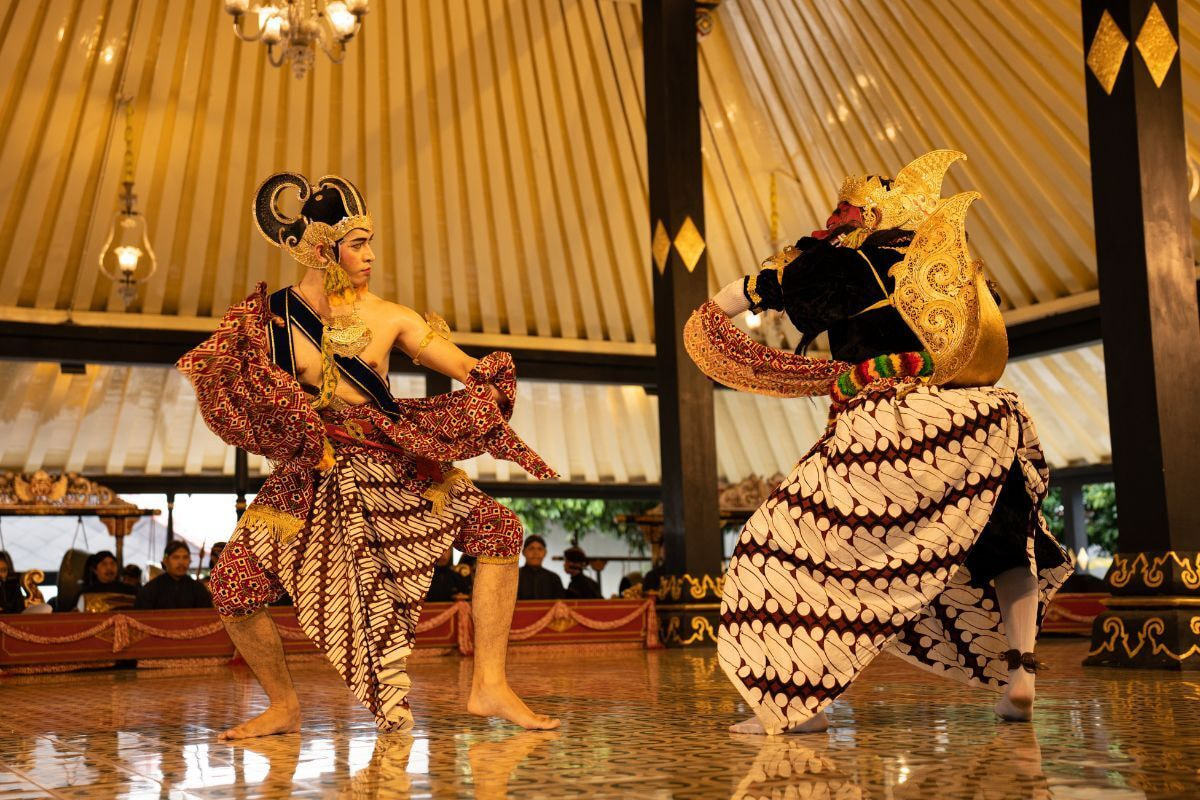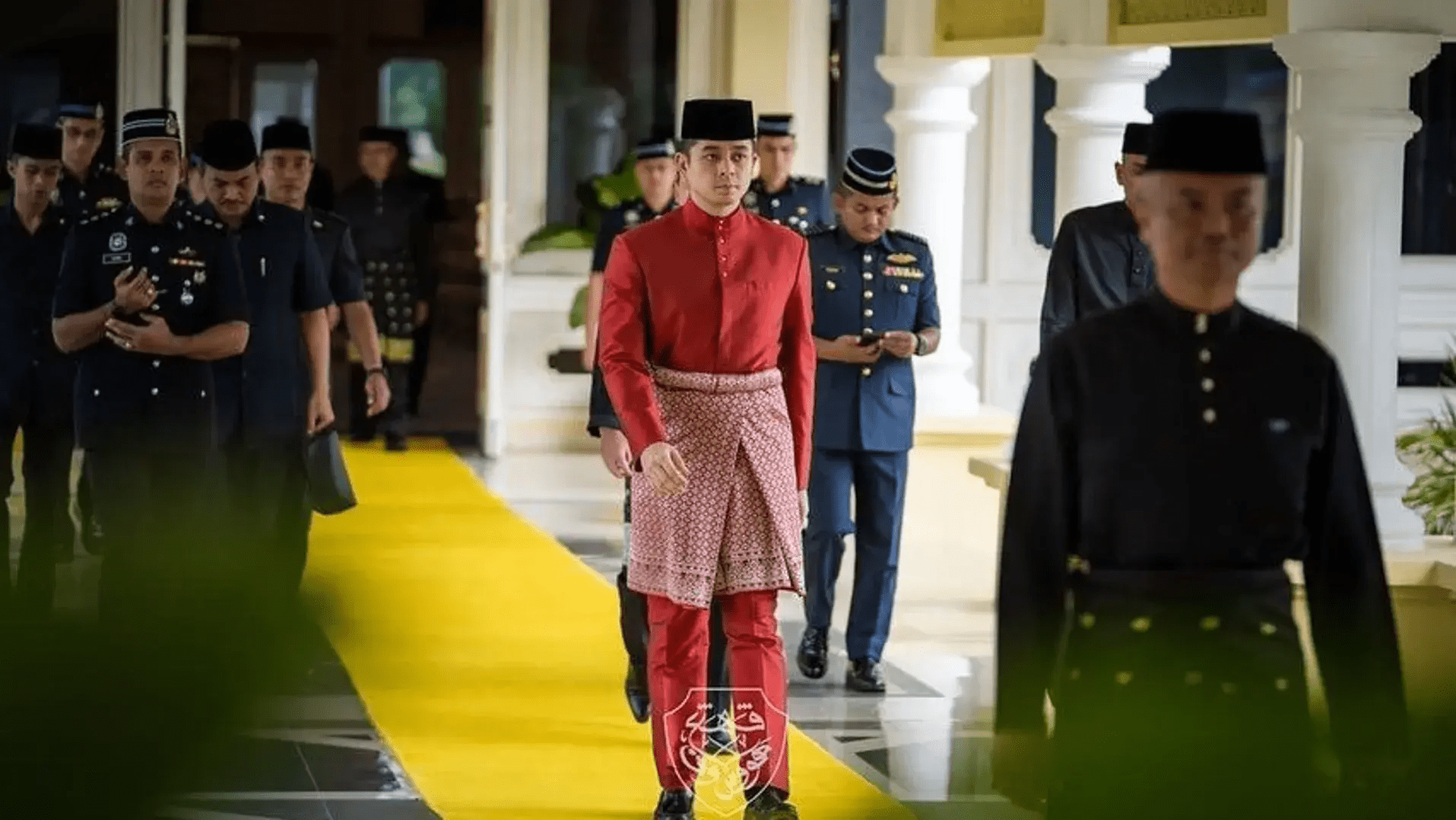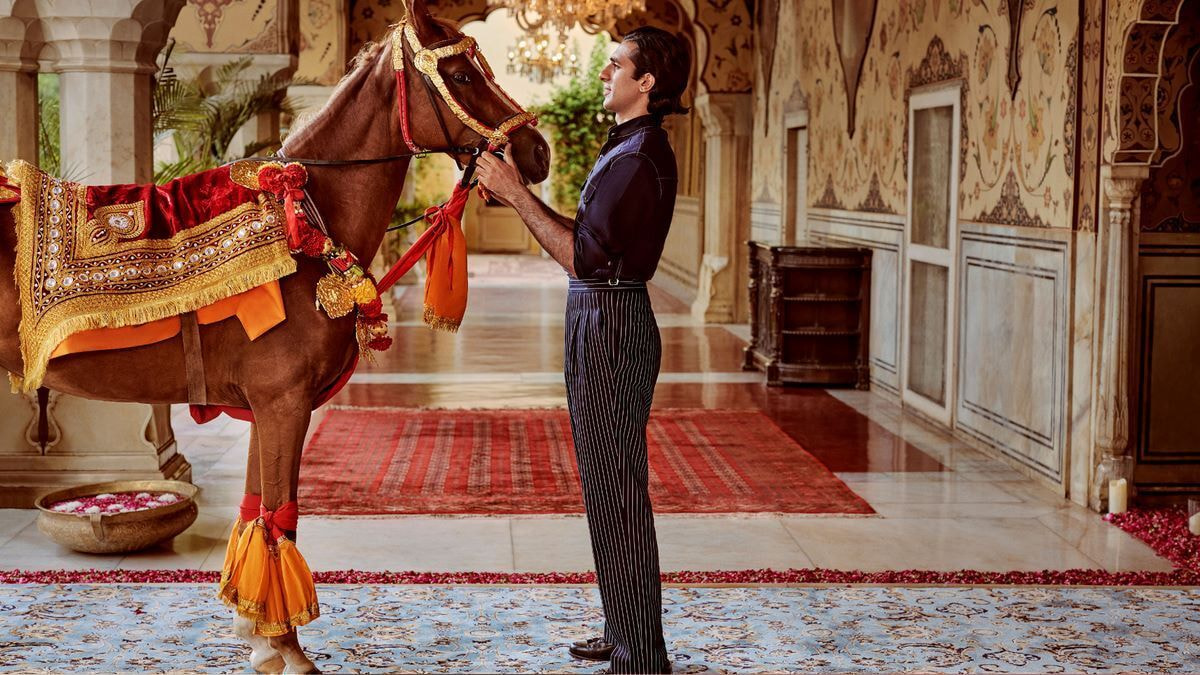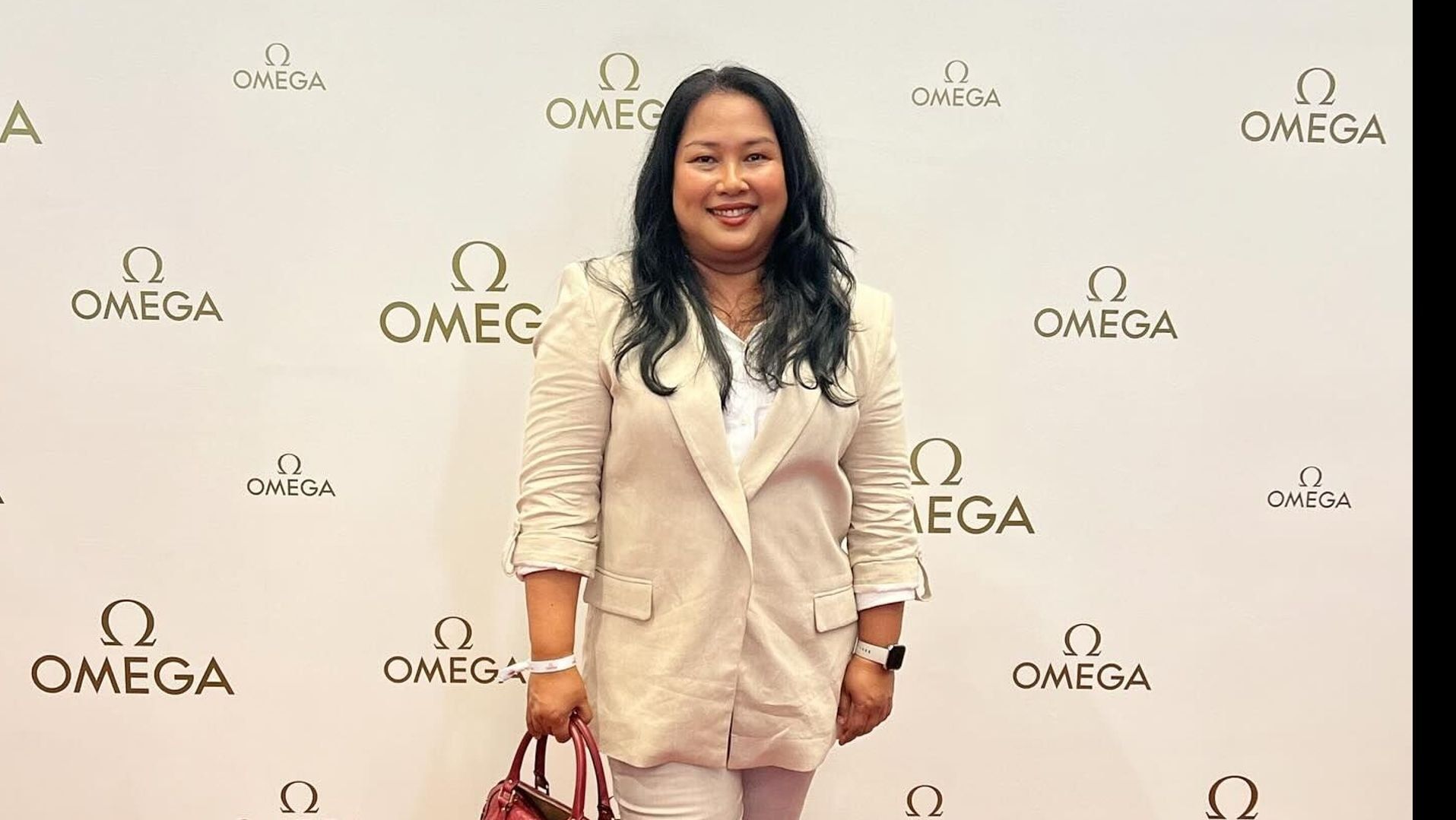11.05.2025
A tour of Asia’s most elegant traditions
Explore Asia’s timeless traditions of elegance, refined living, and grace - from Kyoto to Jaipur, Yogyakarta to Kuala Lumpur.
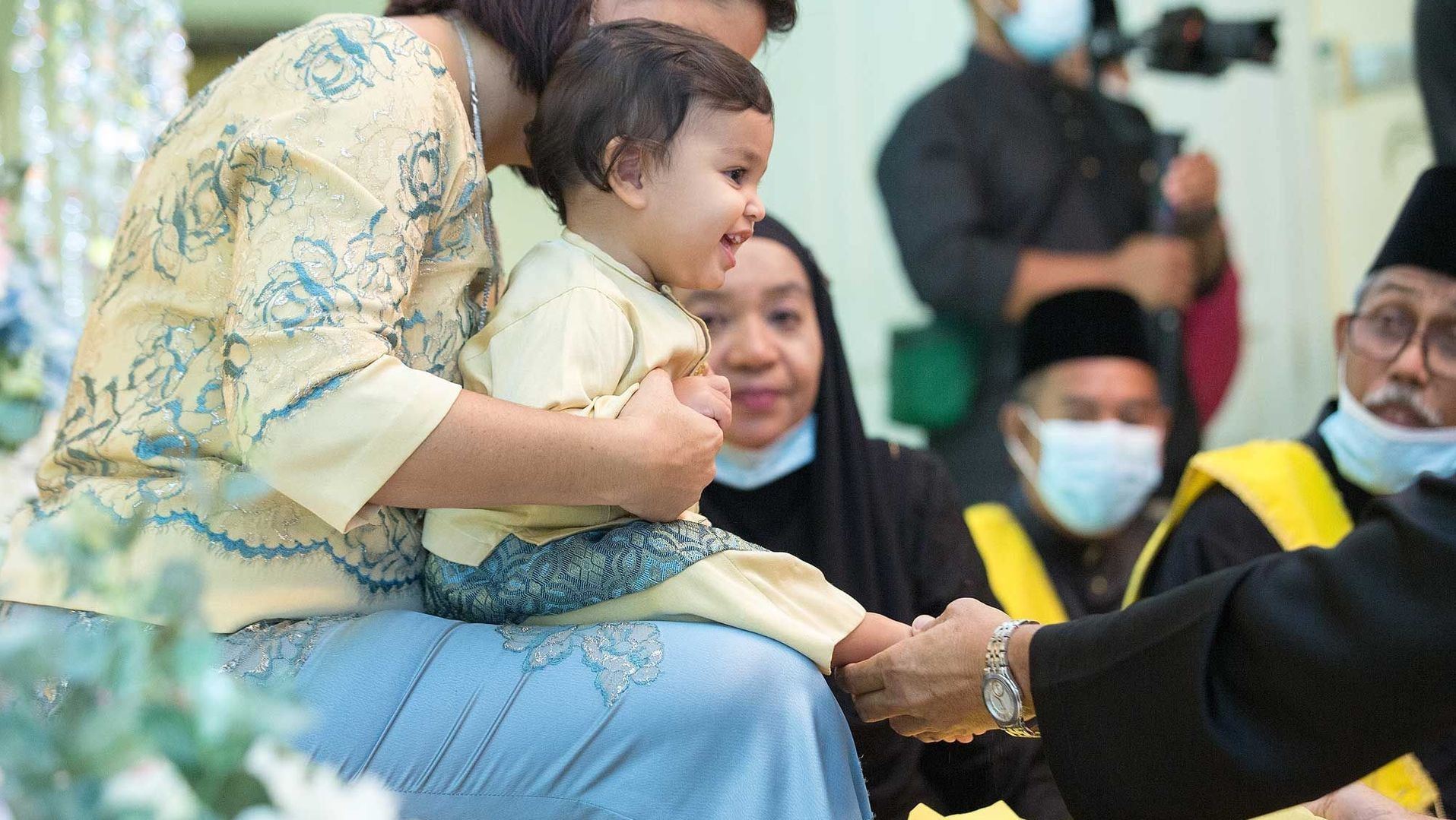
Words: Marini, Lifestyle Writer
The 'Jejak Tanah' Ceremony of YM Tunku Sofia Najihah and YM Tunku Raffi James Mudzaffar
Photo credit: Khairul Imran
In a world that often celebrates speed and loudness, Asia offers a quiet, enduring elegance. Rooted in centuries of tradition, the cultures across the continent have cultivated a sense of refined living, measured grace, and dignified comportment. From the whispering teahouses of Kyoto to the gilded courts of Yogyakarta, from the silk-robed scholars of China to the understated nobility of Malaysia, Asia has long known what it means to live beautifully.
The modern gentleman in Asia need not look far to find inspiration. The region’s legacy is one of aesthetic harmony, reverence for ritual, and an unshakable devotion to form. The art of living well is not just about possessions - it is about presence.
